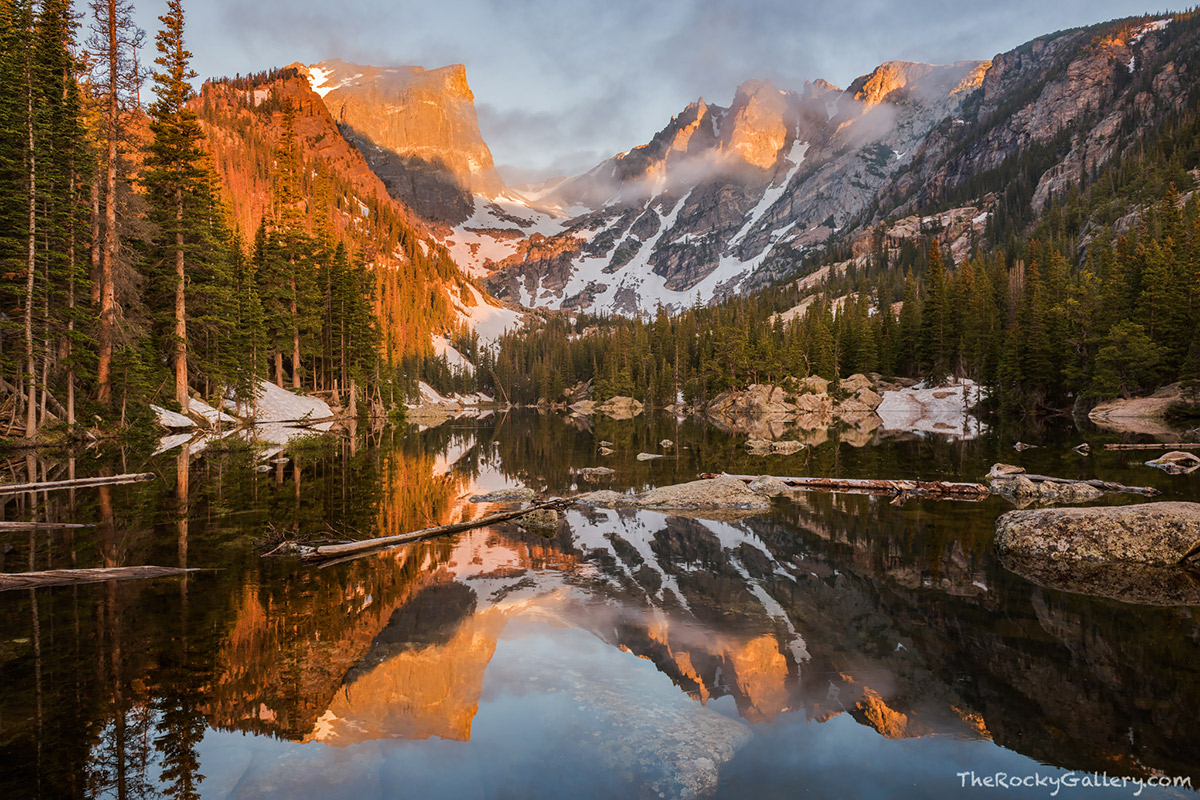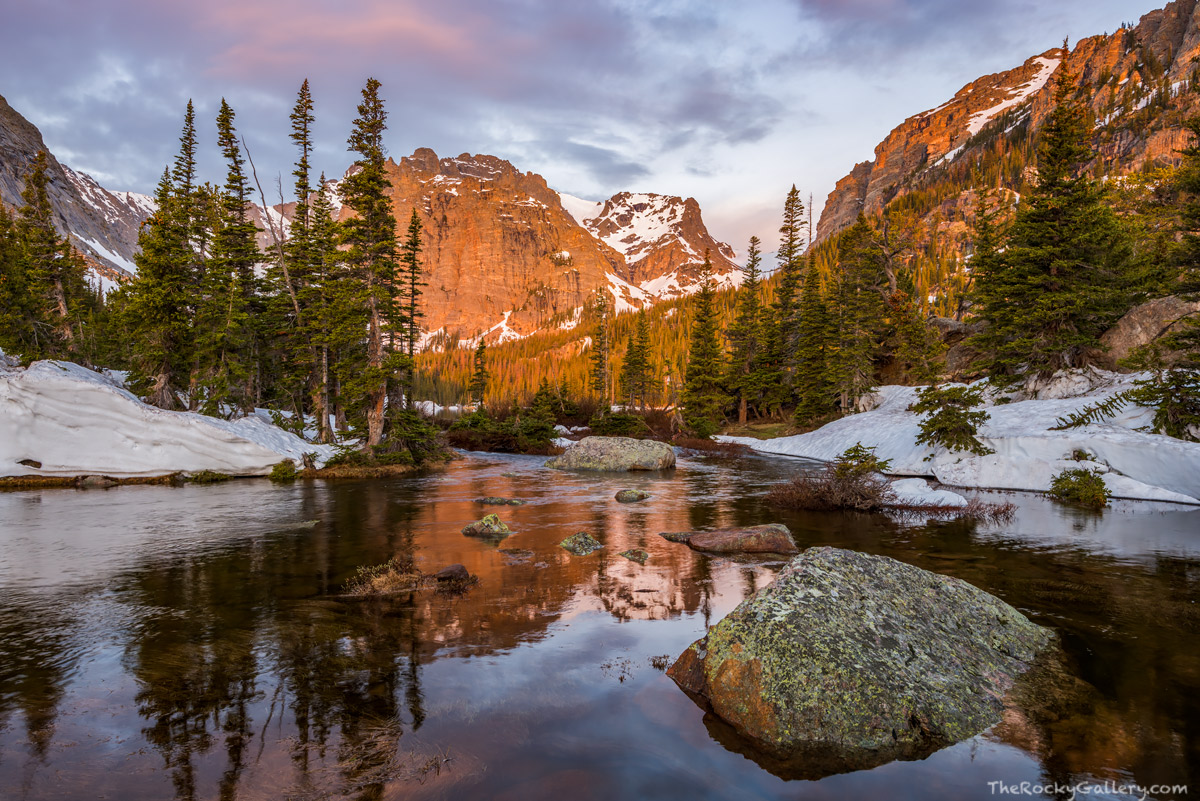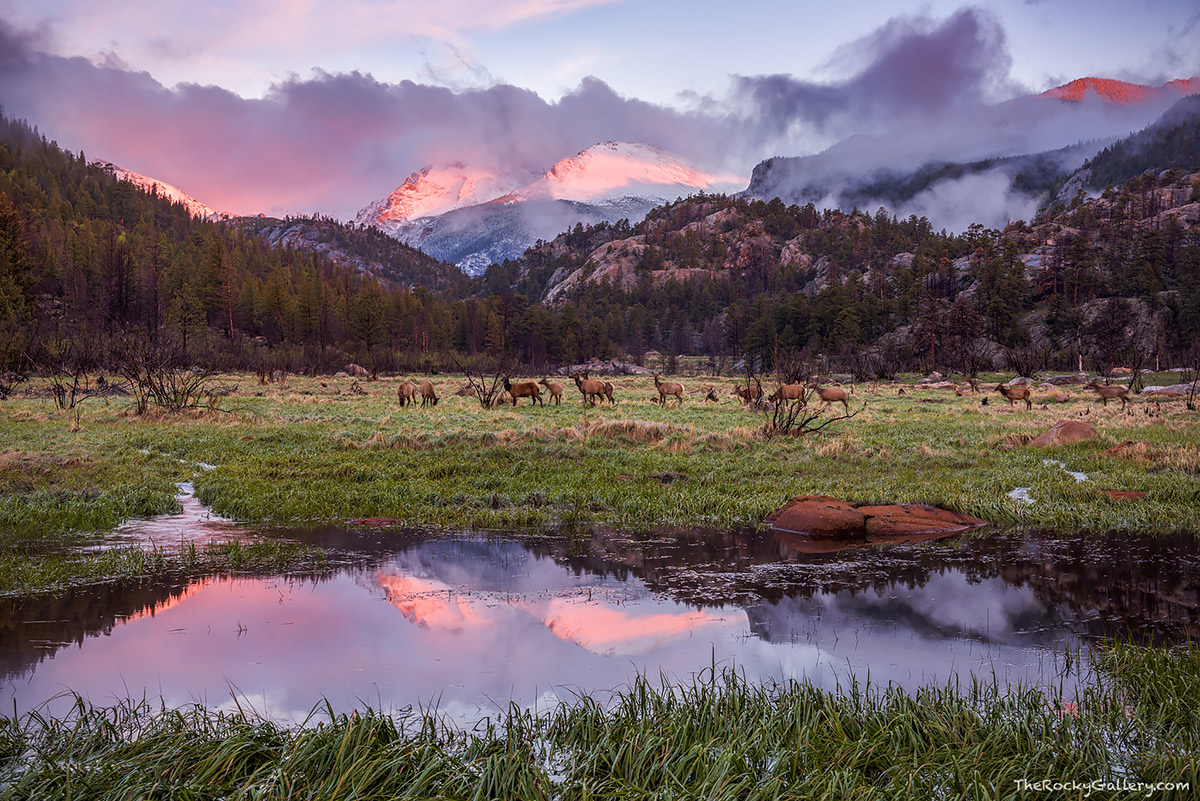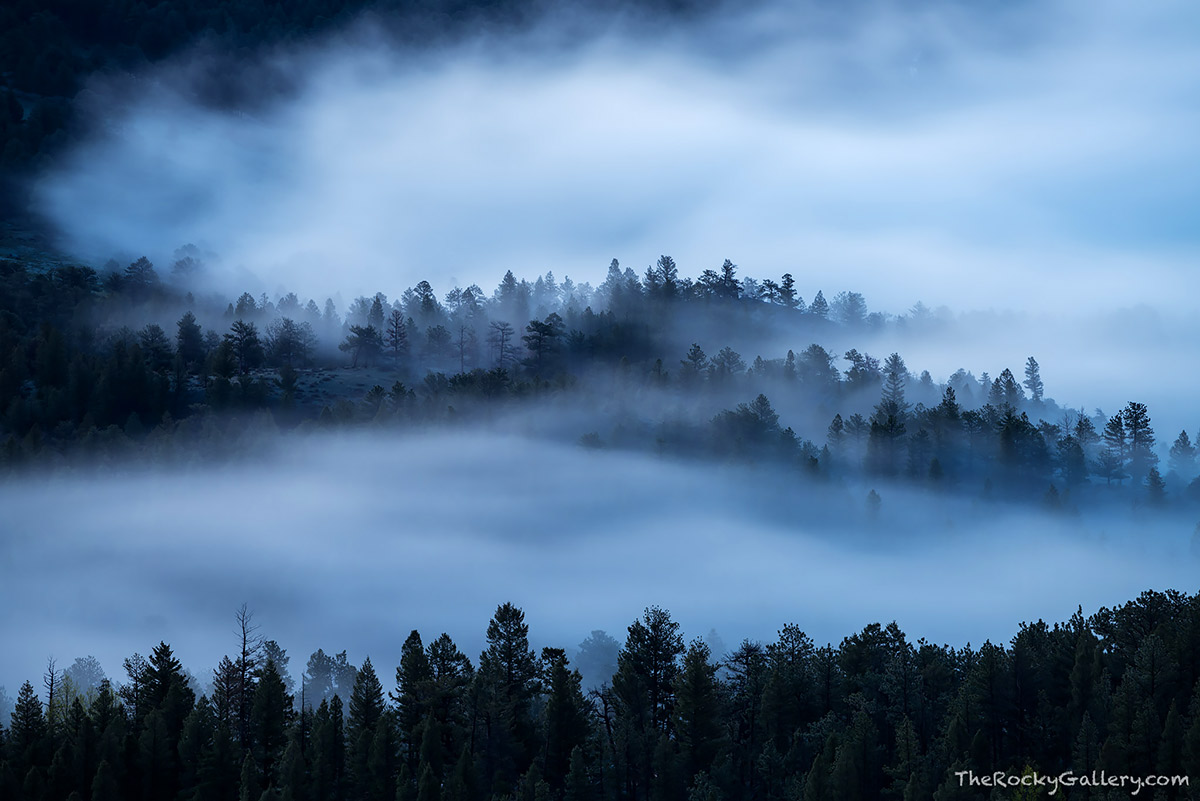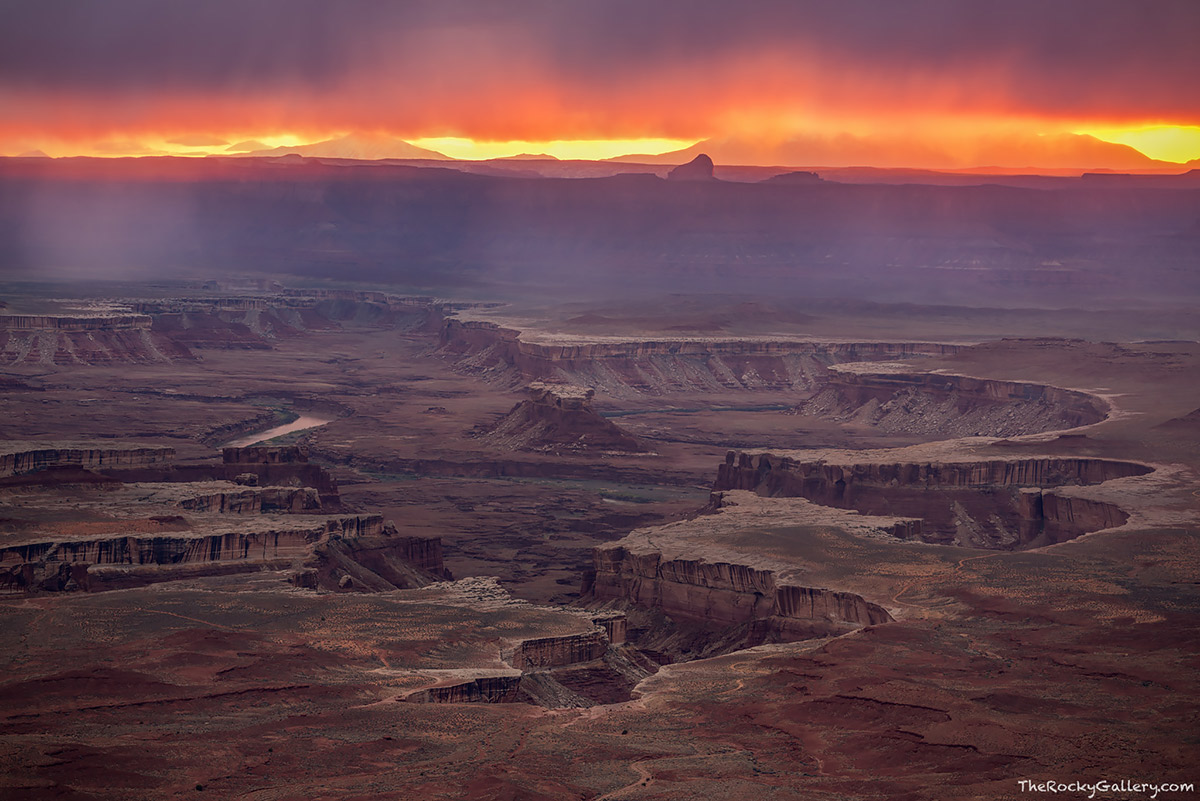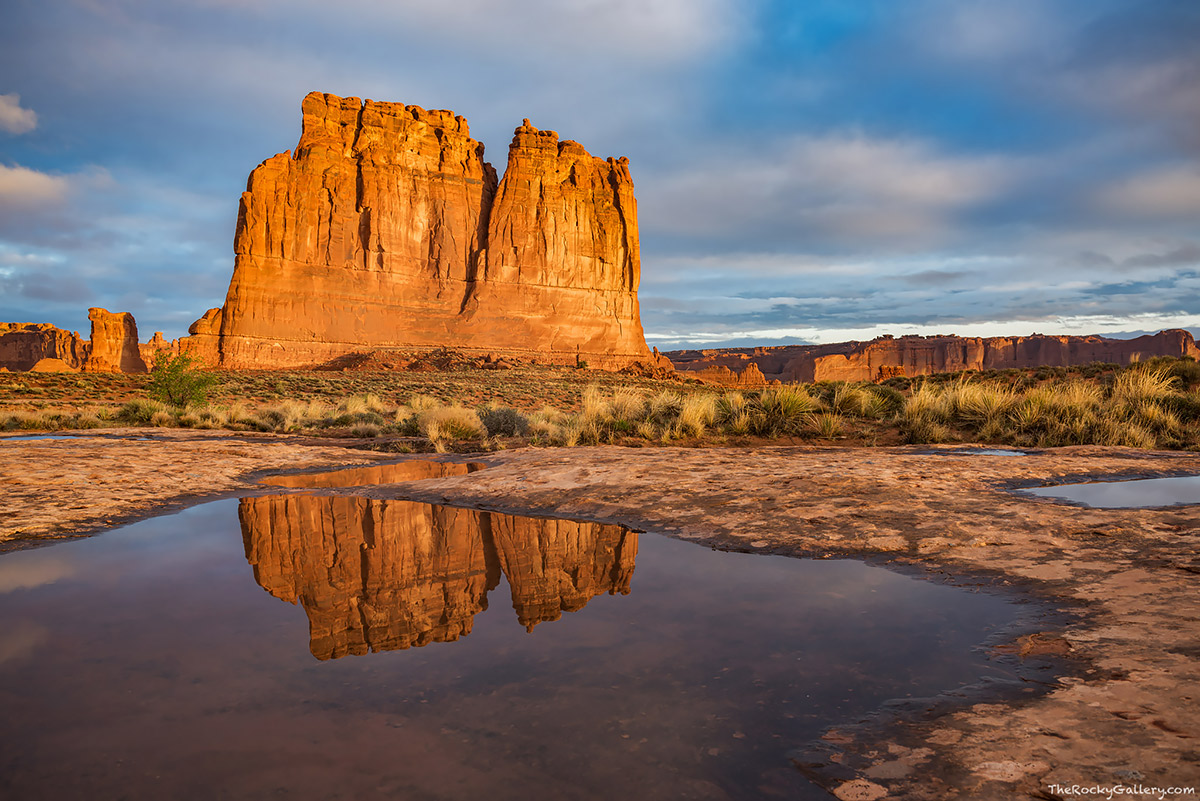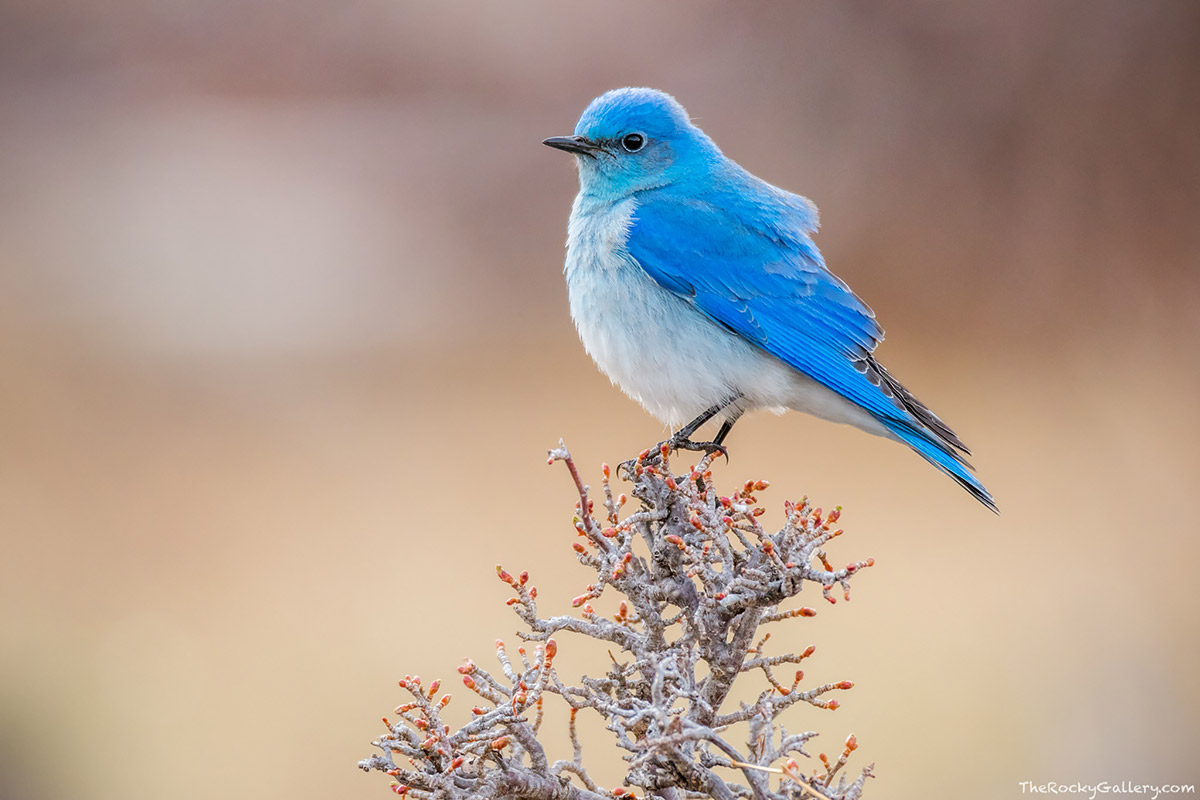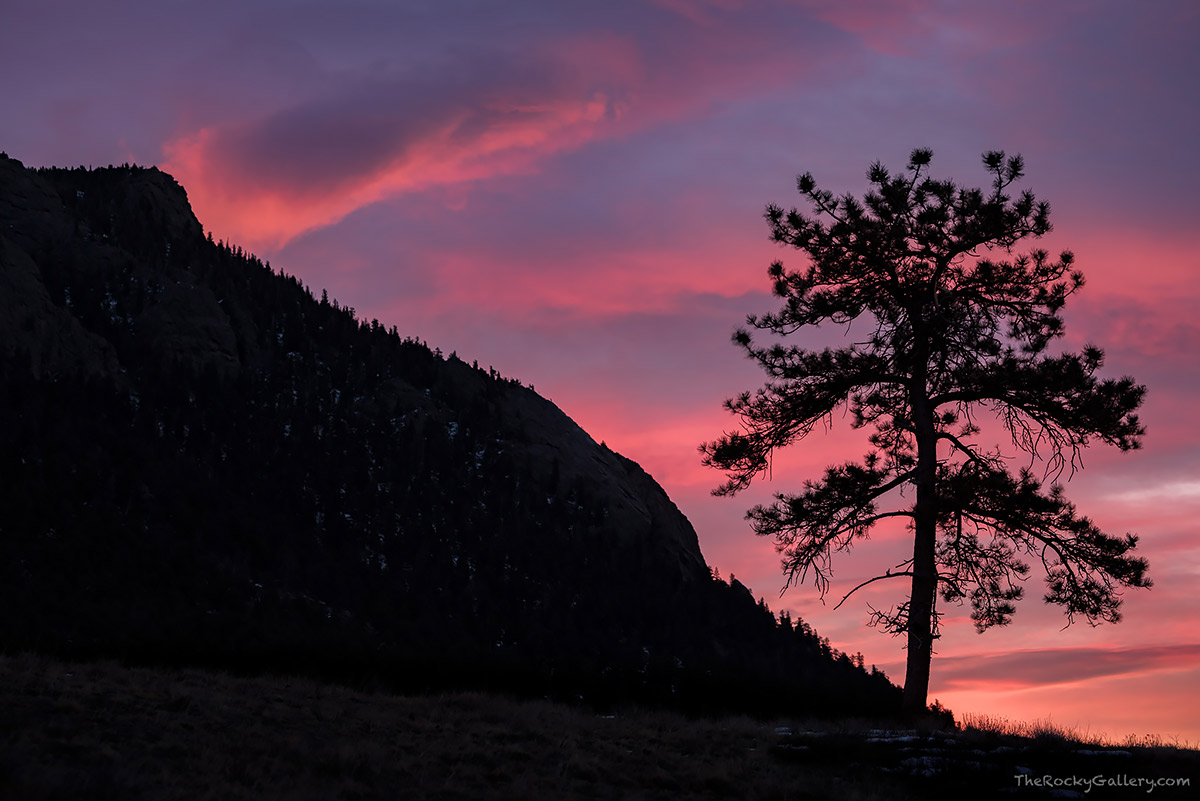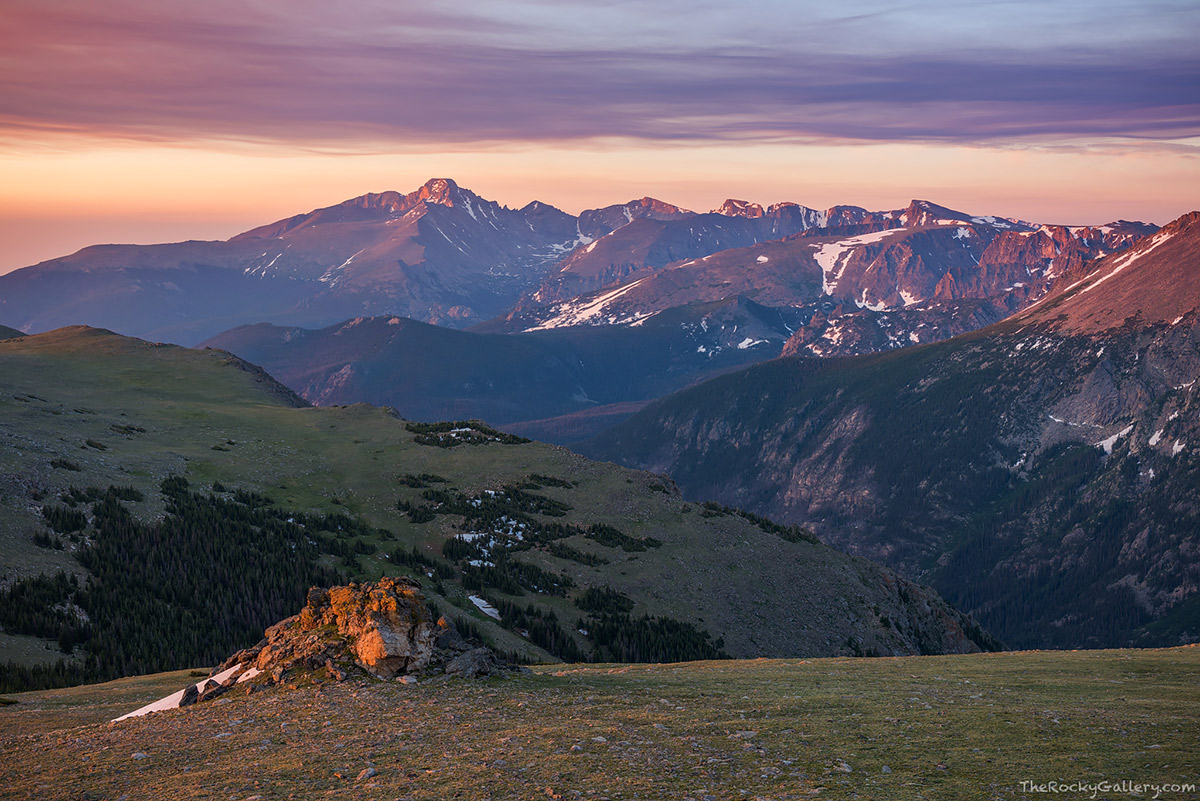
A quick rundown on the current conditions in Rocky Mountain National Park for all of you heading out to Rocky to explore and photograph the park. Rocky is now entering primetime as far as summer photography is concerned. Most of the snow has now melted, runoff has slowed and both the meadows and alpine tundra have now turned green. Wildflowers can be found at all elevations of Rocky now and with a few exceptions ice is off all but the highest of the lakes in the park. In my opinion we are now entering the best time of year for photography in Rocky.
While the park is busy, heading out on the trails to get away from the roadside visitors will help increase your chance of finding some unique compositions along with the likely probability that you will be all by your lonesome when photographing. Besides dealing with the crowds at some of the roadside attractions and iconic locations such as Dream Lake, there are a few other minor issues affecting access and photography in the park right now.
As is typical this time of year, wildfires across the western United States may cause some haze from the smoke depending the wind direction. The smoke may slightly affect sunlight late in the day and early in the morning but it can also add color and mood to images.
While much of the snow has melted off the last four weeks, the creeks and streams in Rocky are still running at a very brisk pace. For photographers this can make photographing some of the water features and waterfalls in the park difficult. Spray and mist from the water can make it difficult to keep your lens elements clean. Photographers all have different opinions on the speed that they like to photograph water. That being said, my personal opinion is that many of the waterfalls in the park are still running a little to fast. Each day most of these water features are slowing down and experiencing less runoff. Give it a week or so and most of the streams and waterfalls should be nearing a perfect pace for photography.
So overall Rocky Mountain National Park is just about perfect right now for photographers. Access is great, wildflowers are blooming, lakes are open and free of ice as are most hiking trails and the streams and waterfalls are getting better each day to photograph. If your heading out here to RMNP it’s darn near perfect right now.

